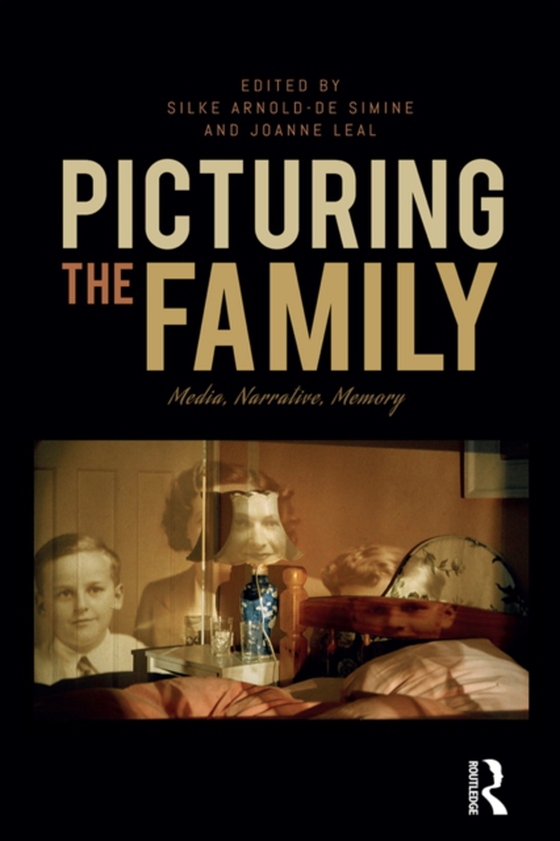
Picturing the Family e-bog
348,37 DKK
(inkl. moms 435,46 DKK)
Whether pasted into an album, framed or shared on social media, the family photograph simultaneously offers a private and public insight into the identity and past of its subject. Long considered a model for understanding individual identity, the idea of the family has increasingly formed the basis for exploring collective pasts and cultural memory. Picturing the Family investigates how visual ...
E-bog
348,37 DKK
Forlag
Routledge
Udgivet
4 august 2020
Længde
248 sider
Genrer
Photography and photographs
Sprog
English
Format
pdf
Beskyttelse
LCP
ISBN
9781000211528
Whether pasted into an album, framed or shared on social media, the family photograph simultaneously offers a private and public insight into the identity and past of its subject. Long considered a model for understanding individual identity, the idea of the family has increasingly formed the basis for exploring collective pasts and cultural memory. Picturing the Family investigates how visual representations of the family reveal both personal and shared histories, evaluating the testimonial and social value of photography and film.Combining academic and creative, practice-based approaches, this collection of essays introduces a dialogue between scholars and artists working at the intersection between family, memory and visual media. Many of the authors are both researchers and practitioners, whose chapters engage with their own work and that of others, informed by critical frameworks. From the act of revisiting old, personal photographs to the sale of family albums through internet auction, the twelve chapters each present a different collection of photographs or artwork as case studies for understanding how these visual representations of the family perform memory and identity. Building on extensive research into family photographs and memory, the book considers the implications of new cultural forms for how the family is perceived and how we relate to the past. While focusing on the forms of visual representation, above all photographs, the authors also reflect on the contextualization and 'remediation' of photography in albums, films, museums and online.
 Dansk
Dansk

